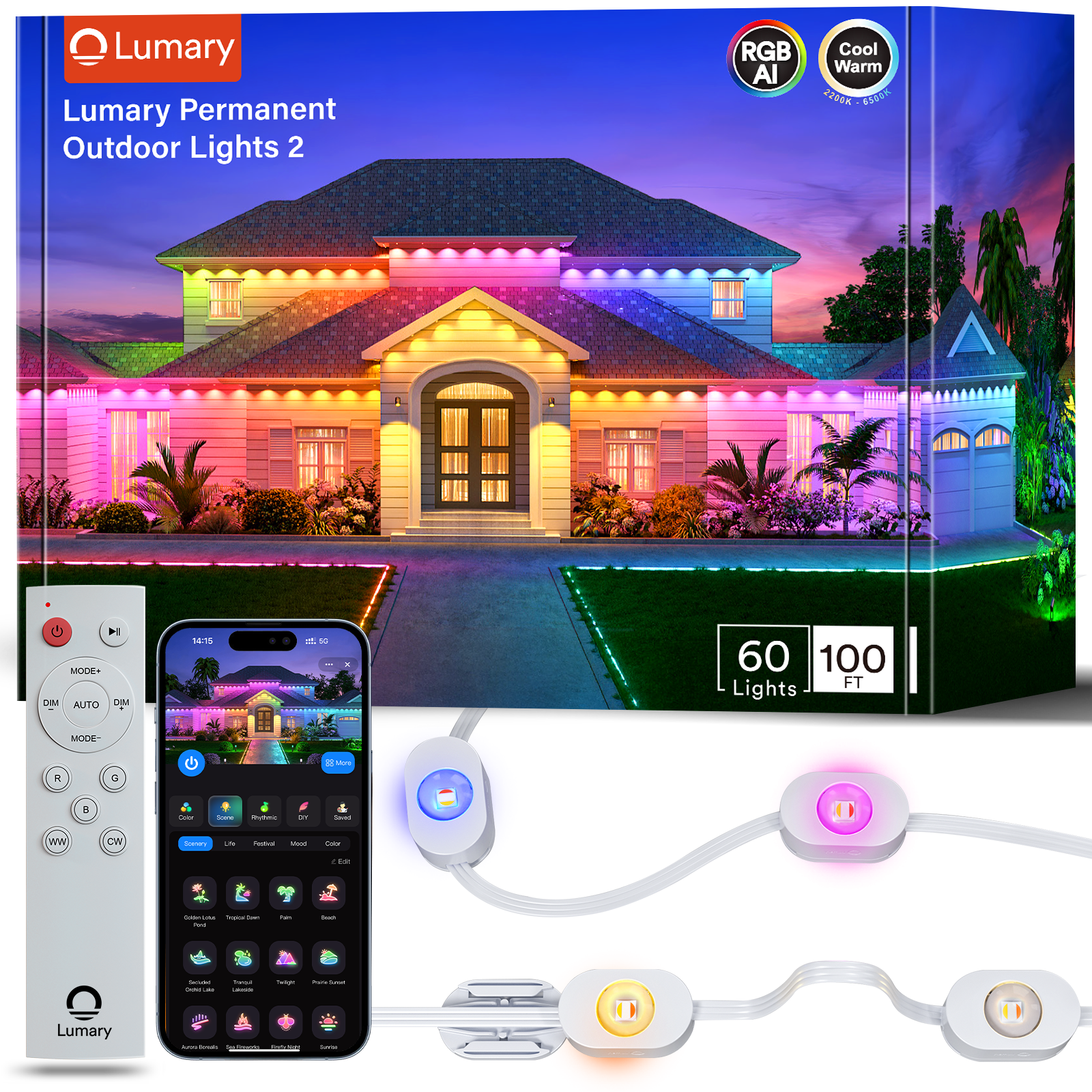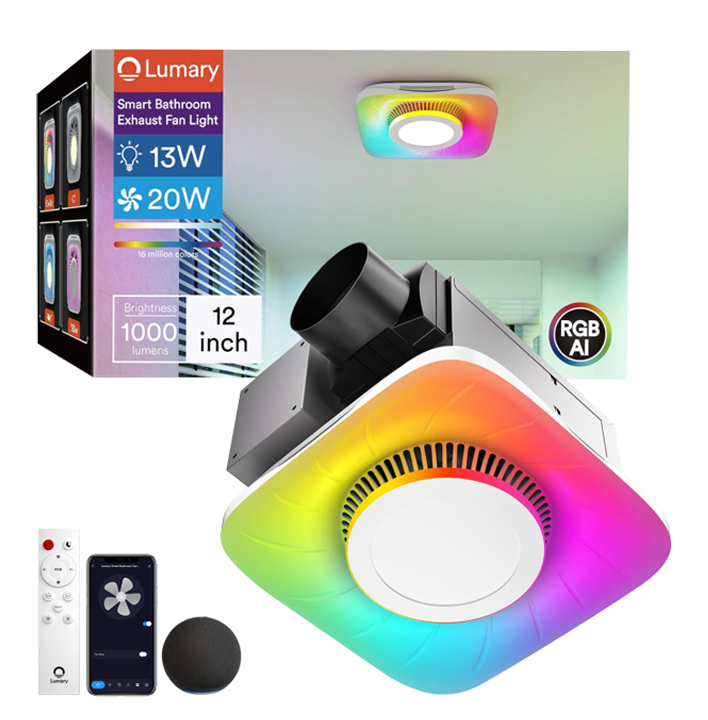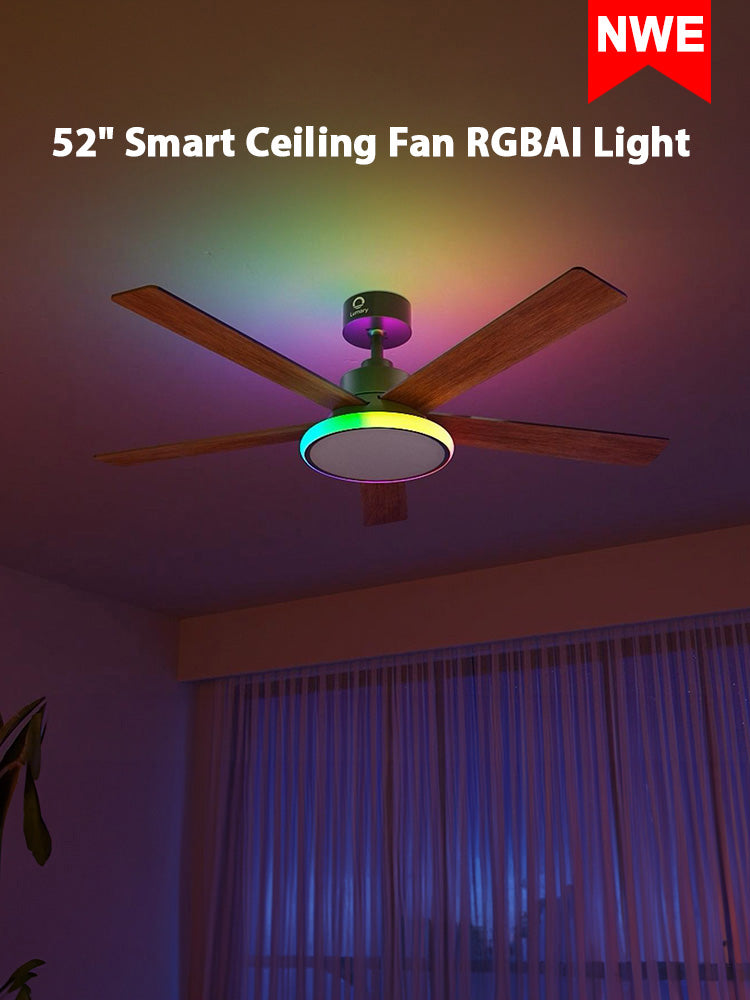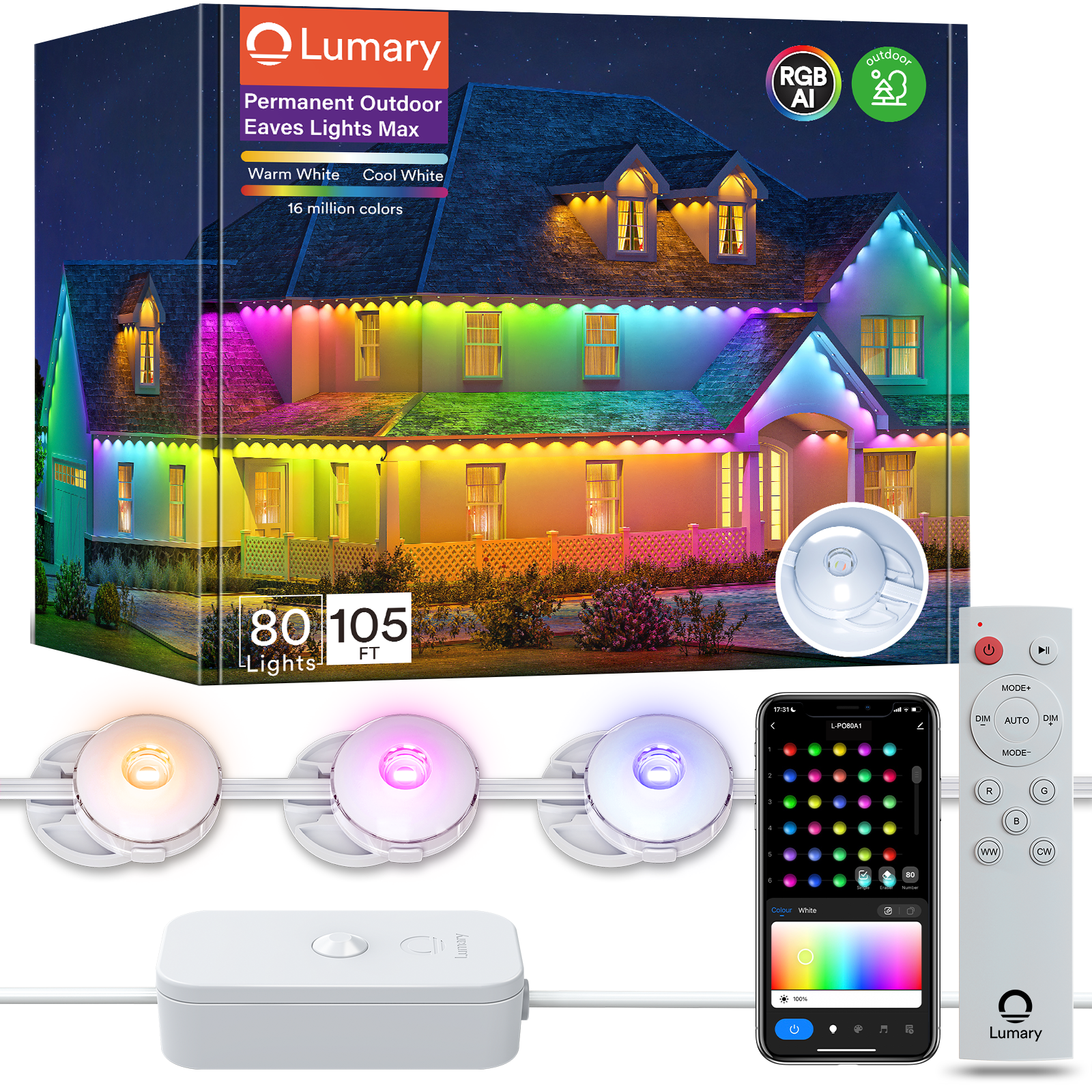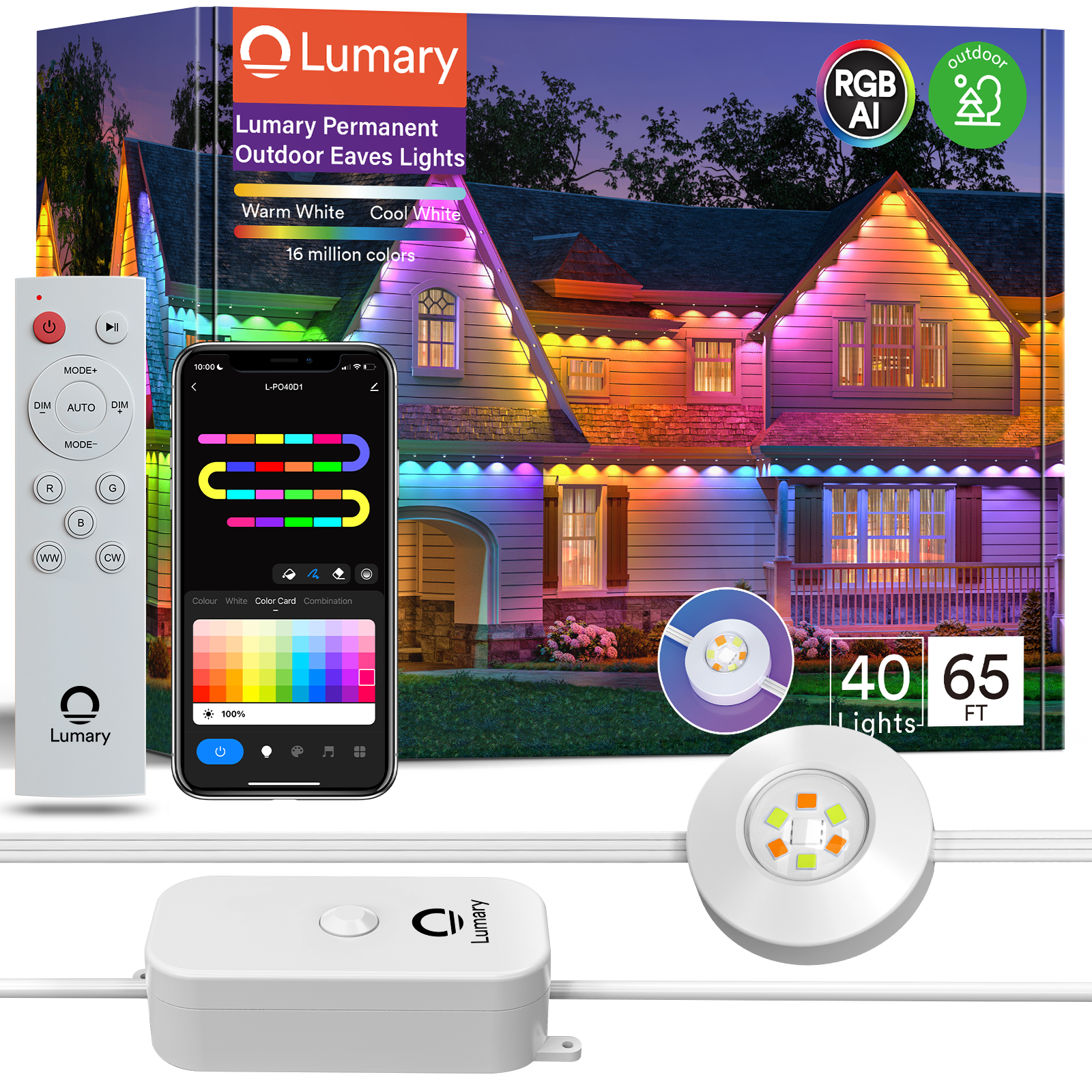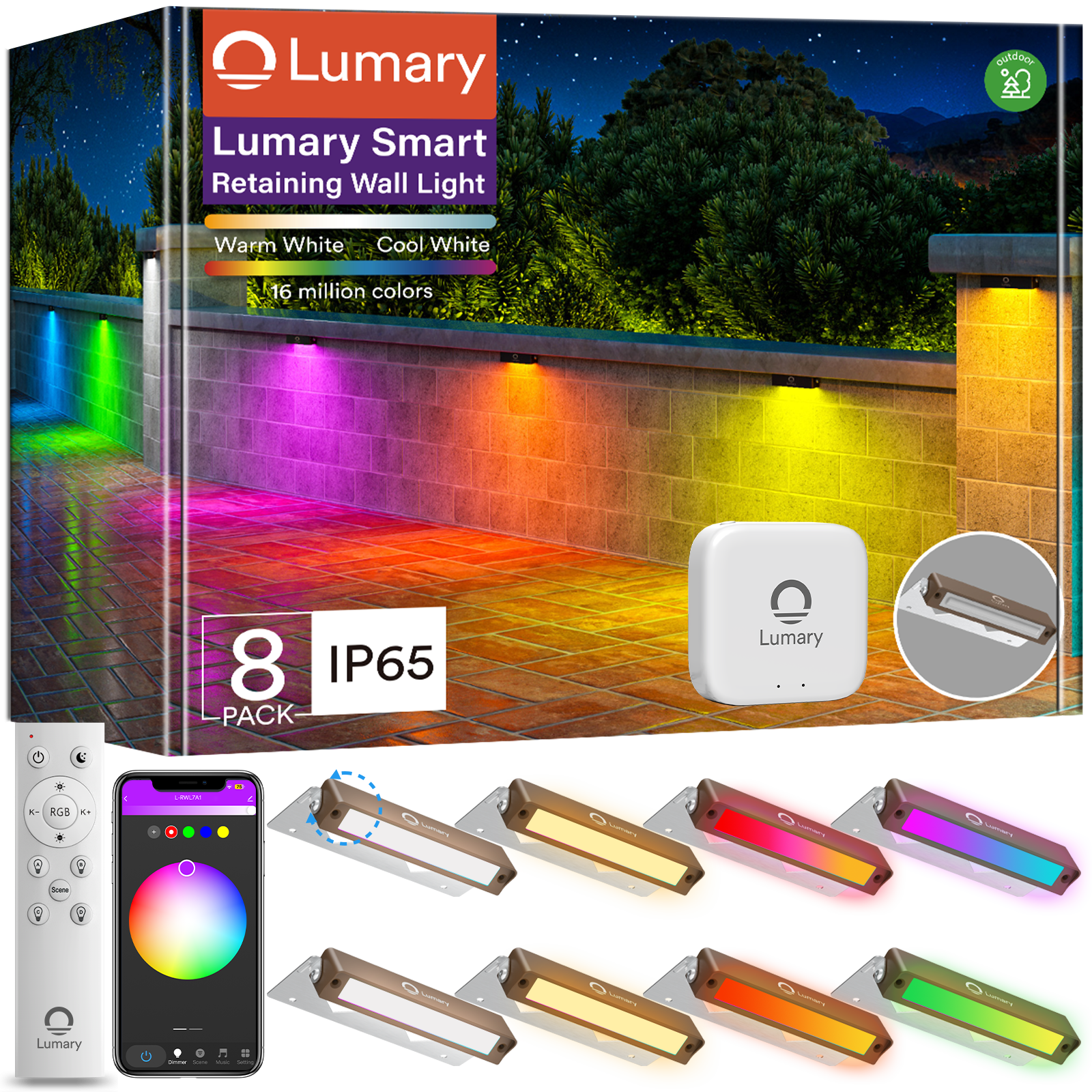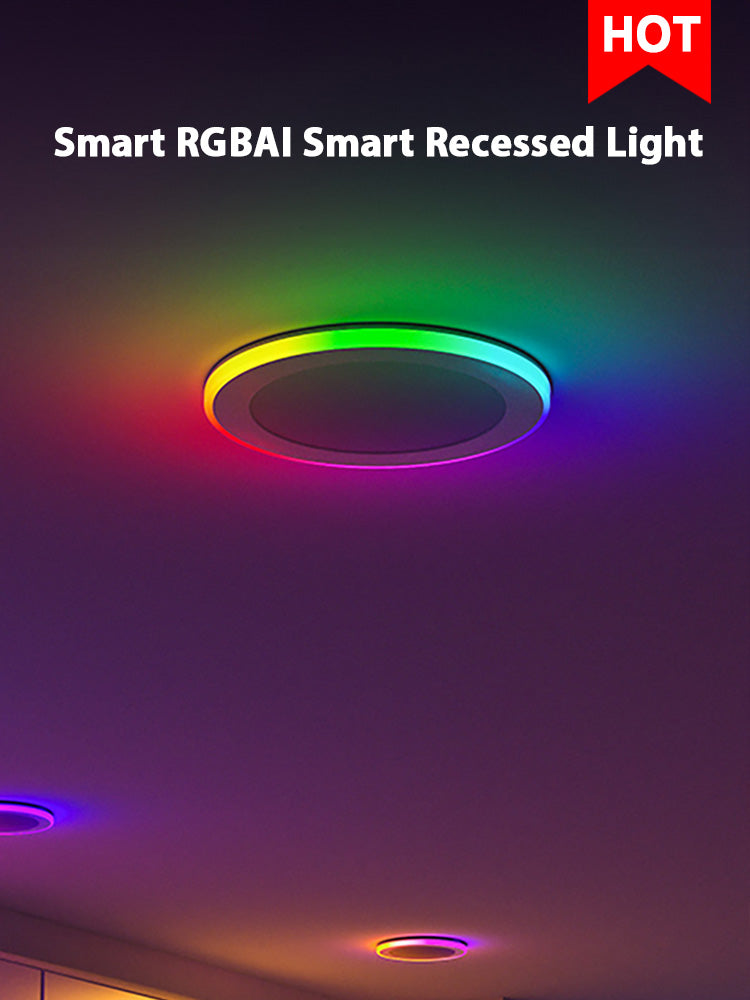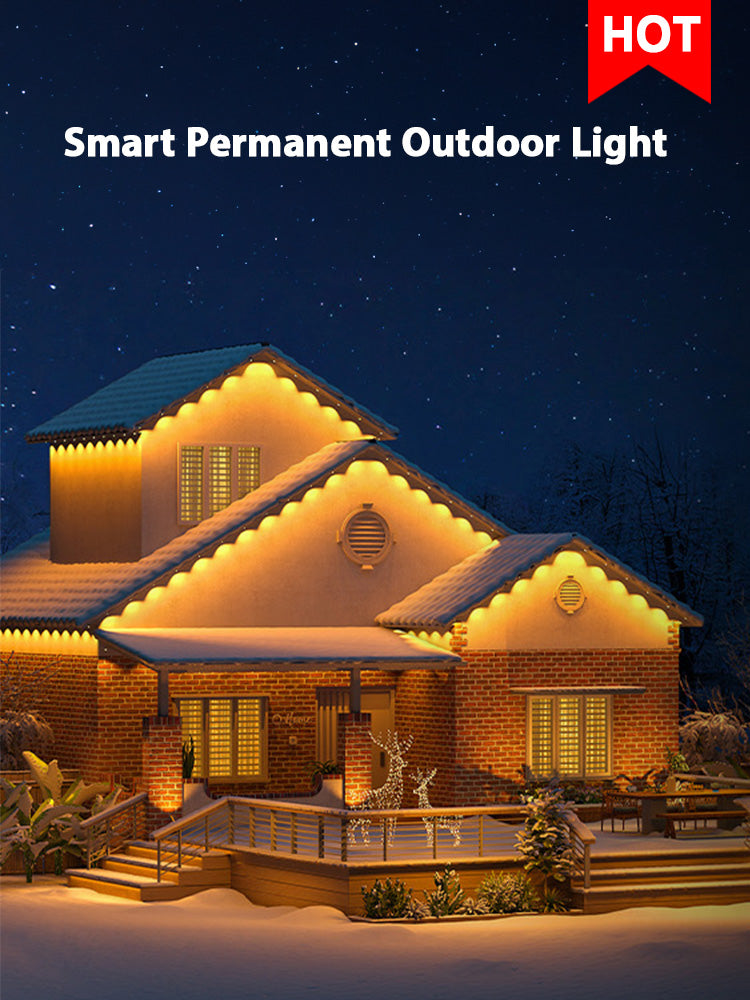Energy efficiency matters when choosing outdoor LED lighting. You save energy and money by opting for LED lights. LED lights use up to 80% less energy than traditional bulbs. This means lower electricity bills and a smaller carbon footprint. Outdoor LED lighting also lasts longer, reducing replacement costs. The longevity of LED lights can reach over 30,000 hours. This durability makes them a smart choice for outdoor spaces. LED lighting provides bright, reliable illumination for gardens, patios, and pathways. Enjoy the benefits of energy-efficient outdoor LED lighting in your home.
Assessing Your Current Needs

Inventory of Existing Lighting
Identifying areas that require lighting
Take a stroll around your outdoor space. Look for spots that need lighting. Gardens, pathways, and patios often need illumination. Consider safety and aesthetics. Dark corners can pose hazards. Well-lit areas enhance beauty. Make a list of these spots.
Evaluating current lighting performance
Check the lights you already have. Are they bright enough? Do they consume too much energy? LED lights use up to 80% less energy than traditional bulbs. Evaluate if your current lights meet your needs. Note any issues like dimness or high energy bills. This evaluation helps in making informed decisions.
Determining Lighting Goals
Desired brightness levels
Think about how bright you want each area. Some spots need more light. Pathways might need brighter lights for safety. Gardens might benefit from softer lighting. LED lights offer different brightness levels. Choose what suits each area best.
Specific areas of focus
Decide which areas need special attention. Maybe the patio is a gathering spot. It might need adjustable lighting for different occasions. Gardens might need color-changing lights for ambiance. Focus on areas that enhance your outdoor experience. Tailor your lighting choices to these specific needs.
Understanding Light Color and Brightness
Color Temperature Considerations
Warm vs. cool lighting
Color temperature plays a big role in outdoor lighting. Warm lighting, with lower kelvin values, creates a cozy atmosphere. This type of light is perfect for relaxing spaces like patios or gardens. Cool lighting, on the other hand, has higher kelvin values. It enhances visibility and focus. Cool lighting works well for pathways and security areas. Choosing between warm and cool lighting depends on the mood you want to create.
Impact on ambiance and visibility
The right color temperature impacts both ambiance and visibility. Warm lighting makes spaces feel inviting and comfortable. This is ideal for social gatherings or quiet evenings. Cool lighting, however, sharpens details and improves safety. Use cool lighting where clear visibility is essential. The balance between ambiance and visibility ensures a pleasant and functional outdoor space.
Lumens and Brightness
Calculating required lumens
Lumens measure the brightness of a light. Calculating the required lumens helps achieve the desired lighting effect. Start by considering the size of the area. Larger spaces need more lumens. Think about the purpose of the lighting too. A garden path needs fewer lumens than a driveway. Use a lumen calculator to determine the right amount for each area.
Matching brightness to purpose
Matching brightness to purpose ensures effective lighting. Bright lights enhance safety and security. Use them for driveways and entrances. Softer lights create a relaxing environment. Choose them for gardens and patios. LED lights offer a range of brightness levels. Select the right brightness for each specific purpose. This approach maximizes both functionality and enjoyment of outdoor spaces.
Financial and Environmental Implications

Cost Analysis
Initial investment vs. long-term savings
Investing in LED lighting might seem pricey at first. The initial cost can be higher than traditional bulbs. But think about the long-term savings. LED lights use up to 80% less energy. Lower energy bills will quickly offset the upfront cost. Over time, the savings pile up. You end up spending less on electricity.
Comparing LED costs to traditional lighting
Compare LED lighting to traditional options. Traditional bulbs need frequent replacements. LEDs last much longer. This means fewer purchases over time. Maintenance costs drop significantly. LEDs provide better value for money. The durability and efficiency make them a smart financial choice.
Environmental Impact
Energy consumption reduction
Switching to LED lighting cuts energy use drastically. LEDs consume far less power than other bulbs. This reduction benefits the environment. Lower energy consumption means less strain on power plants. You help conserve resources by choosing LEDs.
Contribution to sustainability
LED lights play a big role in sustainability. Using less energy reduces carbon emissions. LEDs contribute to a cleaner planet. Every small change adds up. Choosing LEDs supports a sustainable future. You make a positive impact with each bulb you switch.
Starting Small and Evaluating Results
Pilot Testing
Implementing a small-scale trial
Start with a small-scale trial to test LED lighting in your outdoor space. Choose a few key areas like the patio or garden path. Install LED lights in these spots. This approach helps you see how LEDs perform without a big commitment. You can observe the brightness, color, and energy efficiency firsthand.
Monitoring performance and satisfaction
Keep an eye on the lights during the trial. Check if the brightness meets your needs. Notice any changes in your electricity bill. Ask family members about their thoughts on the new lighting. Satisfaction matters when making changes. Gather feedback to understand if LED lighting enhances your outdoor experience.
Making Informed Decisions
Analyzing trial results
Take a close look at the trial results. Compare the energy savings to your previous bills. A neighborhood LED bulb exchange program estimated $18,219 in electricity bill savings. Consider how much you saved. Evaluate the reduction in energy use. Think about how the new lighting improved your outdoor space. Use this information to decide if LEDs are right for you.
Planning for full-scale implementation
Plan for a full-scale switch to LED lighting if the trial goes well. Identify all areas that need lighting. Calculate the number of LED bulbs required. Consider the initial investment versus long-term savings. LED lights can reduce CO2 emissions by 122 metric tons. Embrace the benefits of sustainability. Enjoy a well-lit, energy-efficient outdoor space.
Addressing Compatibility and Product Reliability
Compatibility with Existing Systems
Ensuring electrical compatibility
Electrical compatibility matters when installing new LED lights. Check the voltage requirements of your existing system. Most outdoor LED lights operate on low voltage, typically between 12V and 24V. This range ensures safety and energy efficiency. Verify that your current electrical setup supports these requirements. Use a transformer if necessary to match the voltage.
Checking fixture compatibility
Fixture compatibility plays a crucial role in the success of your lighting upgrade. Examine the size and type of your current fixtures. Ensure that the new LED lights fit properly. Some LED lights come with adjustable fittings. These fittings offer flexibility for different fixture types. Measure your existing fixtures to avoid any installation issues.
Selecting Reliable Products
Researching reputable brands
Choosing a reputable brand guarantees quality and reliability. Brands like Lumary offer durable and versatile LED lighting solutions. Look for brands with positive reviews and a history of customer satisfaction. Reputable brands often provide warranties. Warranties give you peace of mind about your purchase.
Reading product reviews and ratings
Product reviews and ratings provide valuable insights into performance. Read reviews from other customers to understand the pros and cons. Pay attention to comments about brightness, color options, and ease of installation. High ratings usually indicate a reliable product. Consider user feedback to make an informed choice.
Choosing energy-efficient outdoor LED lighting transforms your space while saving money. Follow key steps like assessing needs, understanding light color, and considering financial impacts. Make informed choices for a sustainable future. Outdoor LED lighting offers significant benefits. These lights use up to 80% less energy than traditional options. Enjoy lower electricity bills and a reduced carbon footprint. Outdoor LED lighting lasts longer, meaning fewer replacements. This durability makes outdoor LED lighting a wise investment. Create a well-lit, inviting environment with outdoor LED lighting. Embrace the advantages of outdoor LED lighting today.

